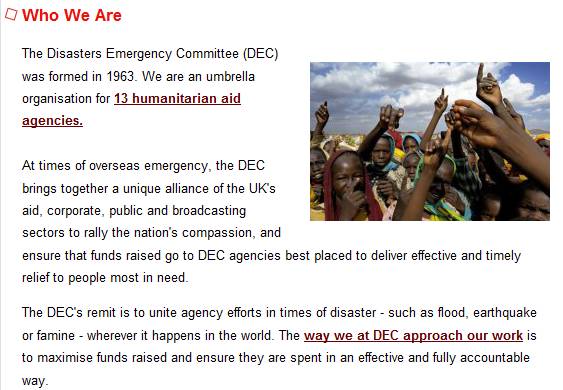Social marketing
Like commercial marketing, the primary focus of social marketing is still on the consumer and on learning what people want and need rather than trying to persuade them to buy what the firm is producing. However, social marketing has quite naturally been adopted by the non-profit sector, such as NGOs, health trusts and training and education providers. Social marketing can be applied to promote merit goods, or to make a society avoid demerit goods and thus to promote society's well being as a whole. For example, this may include asking people not to smoke in public areas or prompting drivers to respect speed limits.
 In order to have a viable product, consumers must first perceive that they have a genuine problem, and that the product offering is a good solution for that problem. The role of research here is to discover the consumers' perceptions of the problem and the product through market research, and to determine how important they feel it is to take action against the problem. The social marketing "product" is not necessarily a physical offering. A continuum of products exists, ranging from tangible, physical products (e.g. condoms), to services (e.g. medical screening), practices (e.g. healthy eating) to more intangible ideas such as recycling and environmental protection.
In order to have a viable product, consumers must first perceive that they have a genuine problem, and that the product offering is a good solution for that problem. The role of research here is to discover the consumers' perceptions of the problem and the product through market research, and to determine how important they feel it is to take action against the problem. The social marketing "product" is not necessarily a physical offering. A continuum of products exists, ranging from tangible, physical products (e.g. condoms), to services (e.g. medical screening), practices (e.g. healthy eating) to more intangible ideas such as recycling and environmental protection.
Health promotion campaigns in the late 1980s began applying social marketing in practice. Notable early developments took place in Australia. These included the Victoria Cancer Council developing its anti-tobacco campaign "Quit" (1988), and "SunSmart" (1988), its campaign against skin cancer which had the slogan Slip! Slop! Slap!
Pricing decisions are more problematic for the social marketer. If the price or costs of action outweigh the benefits for an individual, the perceived value of the offering will be low and it will be unlikely to be adopted. However, if the benefits are perceived as greater than their costs, chances of trial and adoption of the product is much greater.
In setting the price, particularly for a physical product, such as contraceptives, there are many issues to consider. If the product is priced too low, or provided free of charge, the consumer may perceive it as being low in quality. On the other hand, if the price is too high, some will not be able to afford it. Social marketers must balance these considerations, and often end up charging at least a nominal fee to increase perceptions of quality and to confer a sense of "dignity" to the transaction. These perceptions of costs and benefits can be determined through research, and used in positioning the product.
Place is also an important element of the marketing mix for social marketing. The issue is deciding how to ensure accessibility of the offering while maintaining the quality of the service delivery. By determining the activities and habits of the target audience, as well as their experience and satisfaction with the existing delivery system, researchers can pinpoint the most ideal means of distribution for the offering. Charities are aware that the 'giving' process must be made relatively simple. Donations can be made online, with credit card or by bank transfer or made through direct debit arrangements. Apart from having their own websites, NGOs have a presence on social networking sites such as Facebook and Twitter.
The Disaster Emergency Committee in the UK co-ordinates the activities of 13 charitable organisations in the UK, so making it easy for the public to make donations. An interactive timeline of its activities can be found here.
